Federal Reserve Hikes Interest Rates Again: What the Experts Are Saying
As was widely expected, the central bank slowed its pace of interest rate increases, raising the fed funds rate by 0.5%.
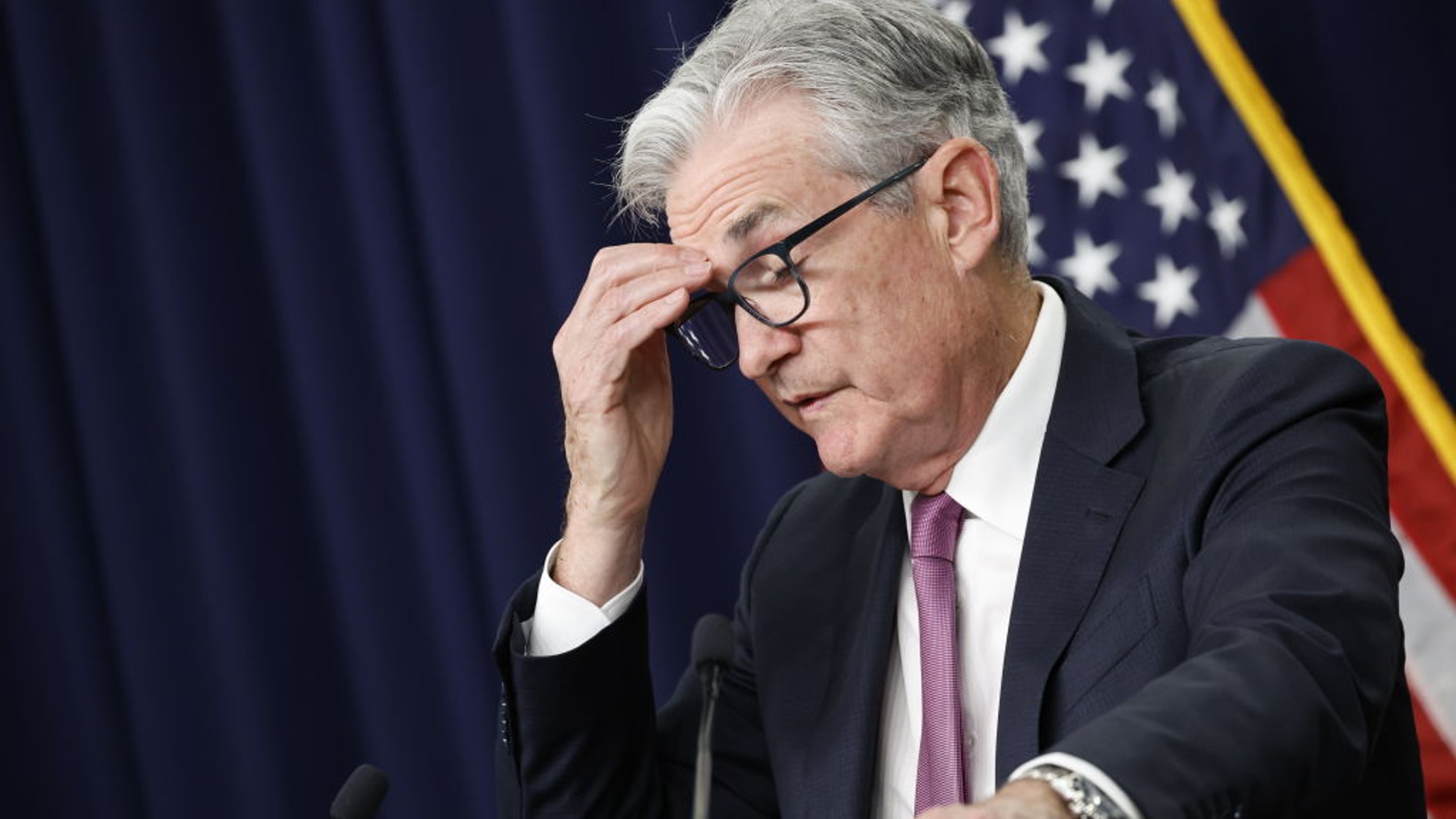

The Federal Reserve raised short-term interest rates by 50 basis points, or 0.5%, when it wrapped up its final policy meeting of the year on Wednesday.
The federal funds rate now stands at a targeted range of between 4.25% and 4.5%, or the highest level in 15 years.
The half-percentage-point hike in the overnight borrowing rate was widely expected, and represents a downshift in monetary tightening after four consecutive interest rate hikes of 0.75%. The Fed has been raising interest rates at the fastest and steepest pace since the early 1980s in a bid to tame the worst inflation seen in four decades.
From just $107.88 $24.99 for Kiplinger Personal Finance
Become a smarter, better informed investor. Subscribe from just $107.88 $24.99, plus get up to 4 Special Issues

Sign up for Kiplinger’s Free Newsletters
Profit and prosper with the best of expert advice on investing, taxes, retirement, personal finance and more - straight to your e-mail.
Profit and prosper with the best of expert advice - straight to your e-mail.
Market participants were prepared for the move, as Federal Reserve Chair Jerome Powell signaled last month that the central bank would slow its pace of interest rate increases. However, an increase to where the fed funds rate could peak sparked a midday market selloff. The rate committee's so-called "dot plot" revealed that most Fed policymakers expect a terminal rate of 5.0% to 5.25%.
In a November speech delivered at the Brookings Institution, Jerome Powell acknowledged that monetary policy affects the economy and inflation with "uncertain lags." As such, the full effects of the Fed's rapid series of rate hikes have yet to be felt.
Wednesday's policy decision marked the final meeting of the Federal Reserve Open Market Committee [FOMC] in 2022 and comes just a day after the central bank received more evidence that its efforts to tame fast-rising prices are working.
On Tuesday, we learned that inflation cooled for a second straight month in November, and by far more than economists were expecting.
The Consumer Price Index rose just 0.1% last month vs. a 0.4% gain in October, the Bureau of Labor Statistics reported Tuesday. Economists forecast prices to rise 0.3% month-over-month, according to a survey by Bloomberg. Year-over-year, prices increased 7.1% last month, which was the smallest 12-month increase since the period ending December 2021. Economists were looking for a jump of 7.3%.
Excluding volatile food and energy prices from the equation likewise supports the argument that peak inflation is now behind us. So-called core CPI rose 0.2% in November after rising 0.3% in October. Economists projected month-over-month core prices to gain 0.3%. Year-over-year, core CPI increased by 6% vs. a forecast of 6.1%.
As such, all eyes now turn to the next FOMC meeting, slated for Feb. 1, 2023 – and whether the Fed will once again hike by 50 basis points, or downshift again to an increase of just 25 basis points.
To get a sense of what today's decision means for monetary policy, markets and macroeconomics, below please find a selection of commentary from economists, strategists and other market pros, sometimes edited for clarity and brevity.
- "The Fed is taking away the punch bowl just as the party was getting started. Despite a lower-than-expected CPI inflation report yesterday, the Fed's statement today signals that they are going to be even more restrictive than they had previously indicated. The market had rallied all week, punctuated by a big jump in stock prices after Tuesday’s CPI inflation report, but it quickly fell once it became clear that the Fed is planning to hold rates higher for longer. The economy isn't in recession yet, but as long as the Fed is aggressively raising interest rates it’s going to be hard for it to retain its resilience and the chances of a soft landing will go down proportionately with the Fed's willingness to let up on rate hikes." – Chris Zaccarelli, chief investment officer at Independent Advisor Alliance
- "Sellers hit the market pretty hard because of the hawkish dot plot. Everything was pointing toward better conditions, but Jerome Powell is once bitten twice shy when it comes to inflation. It's easier to talk tough now, but we shouldn't lose sight of the fact that rates are now rising more slowly and inflation is improving. By raising only 50 and being more hawkish, the Fed is speaking louder but carrying a smaller stick. The Fed talks tough, but talk is cheap. If current inflation trends continue, the market may look past the aggressive predictions before too long. The higher terminal rate and unemployment forecasts were tough love. The Fed has managed to slow inflation with these hikes and it's working. The market is taking its medicine and seems to be improving. We're not out of the hospital yet but we're on the mend." – David Russell, V.P. Market Intelligence at TradeStation Group
- "With more and more evidence that inflationary pressures have plateaued, if not having completely peaked, Chairman Powell's comments at the press conference this afternoon will help determine if the S&P 500 can cross – and build on – 4,100 its next important level. Clearly, the market would view favorably, if the statement, followed by Powell's press conference comments, that inflation has begun a meaningful move lower. It may, however, be misconstrued by traders and investors alike, that the Fed is just about finished. Powell, even at his most dovish at the Brooking Institute event, made it clear that the Fed has to 'keep at it.' Powell's comments tend to meander from the dovish to the hawkish, leading the algorithms that follow every word, to have initial, knee-jerk reactions that very often run counter to how markets actually end the trading session following his press conferences. With investors, not necessarily traders, now focused on how the cumulative effects of the front-loaded rate hikes will hurt earnings and specifically operating margins, any indications of the Fed's terminal rate will be important." – Quincy Krosby, chief global strategist at LPL Financial
- "As expected the Fed raised the fed funds target half a percent to a range of 4.25% to 4.5% at today’s unanimous decision. The dot plot shows most Fed policymakers expecting a 5.0% to 5.25% terminal rate. The bar to easing is quite high – but more likely than not will be met by year-end 2023. Now they are signaling their determination to get inflation under control even at the cost of imposing a mild recession on the economy, which is implied in the increase in the unemployment rate to 4.6% by the end of next year in the dot plot from 3.7% now. The question is whether their pessimism about the inflation outlook will be borne out. Famous last words, but the inflation outlook has looked a lot less bad recently. Supply chains are working better, business inventories are up, and pandemic-related shortages are largely resolved. Prices of fuels, metals, construction materials, and durable goods are mostly flat to down over the last few months, as are house prices and rents across most of the country. Comerica forecasts for the Fed to make two more rate hikes in this cycle of a quarter percentage point each, at the early February and mid-March decision, and then to pause and watch their effects." – Bill Adams, chief economist at Comerica Bank
- "Investors, in the holiday spirit for yesterday's CPI report, had their hopes dashed for a Santa Claus rally when Jerome Powell played Scrooge at the Fed meeting this afternoon. While the market had priced in a 50 basis point hike, and this is the highest rate in 15 years, Powell appeared as Scrooge and put coal in investors stockings with his hawkish tone. Realizing the Fed isn't going to pivot any time soon recession jitters immediately sent the markets tumbling. This is Jackson Hole all over again. Fed funds futures are telling us that the fed will be higher for longer. Economic forecast showing growth slowing, and all eyes will be on earnings season in January and the Fed next meeting in February. Investors can expect more of the 2022's frustrating volatility as we enter earnings season in January. Because the market is six-month forward looking, it may be some time before the market rewards patience." – Gina Bolvin, president of Bolvin Wealth Management Group
- "The Fed is uncertain about the future path for inflation and therefore, has remained decidedly hawkish on rates. However, the Fed has demonstrated a penchant for forecast revisions so we should not be surprised if the Fed revises the expected peak fed funds rate as inflation, including the sticky components, starts to moderate. Looking ahead, investors need to watch the inflation path for non-housing core services, which is closely tied to labor market conditions." – Jeffrey Roach, chief economist at LPL Financial
- "Today marks only the sixth 50 basis point hike in the past 30 years. The 425 basis points of hikes this year are the most since the 1980s. In September, the median rate was 4.6% for 2023 – this update to 5.1% median is quite a jump (although somewhat expected). As expected it's likely the magnitude of hikes to shift lower in the future. For now, 50 is the new 75. This implies 75 basis points of additional hikes next year which could be delivered as 50 and 25, or 3x 25 basis point hikes. 'Ongoing' remains in the Fed statement (regarding need for future rate hikes), meaning the peak is likely to be in or after March. There was hope 'ongoing' would be removed from the statement, giving the market an idea for a sooner rather than later peak rate, this doesn't look to be the case anytime soon." – John Luke Tyner, portfolio manager at Aptus Capital Advisors
- "The Fed has downshifted the pace of tightening, but they're not done yet. In addition to how much further they have to go, the major question is how long rates will have to stay at peak levels to ensure inflation pressure is sufficiently quashed. Our near-term rate call is under review (with risk tilted to the upside), and we see no rate cuts through the remainder of 2023. The Fed will over-tighten before it prematurely backs off." – Robert Kavcic, senior economist at BMO Capital Markets
- "Not surprising to see the 50 basis point increase – this was already signaled by the Fed, and Tuesday’s CPI increased less than expected. It seems the lagged and variable nature of rate changes on economic activity is curbing the Fed's appetite for shock and awe. The clear consensus among market participants and leaders today is that the U.S. has a structural inflation problem – we take issue with this view. As a behavioral-focused fund, we search for correlated errors among market participants and the mispricing this creates. We believe the structural inflation argument is suffering from such errors and is likely to be overblown. Further, we believe the Fed is limited in their ability to unwind QE given the sheer magnitude of debt that needs to be refinanced in the years ahead and the liquidity this will require. People sound smart when they highlight inflation risks, but the bigger risk, in our view, is being offsides if inflation proves transitory, long rates compress as quantitative tightening also proves transitory, and cash rushes back to risk assets. Stay tuned." – Jeff Henriksen, founder of Thorpe Abbotts Capital
- "Now that most of the upward trajectory of policy tightening has been mostly completed, the Fed appears to be moving closer to the ultimate cruising altitude for policy rates. The incoming economic data has provided enough evidence that only minor tweaks to policy will likely be needed going forward. With the cumulative climb in rates happening relatively quickly, we expect the Fed to keep policy rates at an elevated level for a longer period as they gain further reassurance that inflation is moving back down to the two percent target. Overall, we think the focus should be less on the speed of rate hikes and more so on the deceleration of the economy as policy effects take hold. The balance of risks for interest rates appears to be shifting from how high the Fed might go to when they potentially have to cut." – Charlie Ripley, senior investment strategist at Allianz Investment Management
- "As the Fed continues to hike, we believe that that investor worries have shifted from inflation to recession, as witnessed by the powerful recent rally in long bonds. The question is, can corporate earnings hold up in an economy that is slowing down in a “higher for longer” interest rate environment? If they do, then the stock market should perform fairly well. If not, then we can see another leg down." – Eric Diton, president and managing director at The Wealth Alliance
- "No doubt that we're moving in the right direction. Long term investors should view this volatility as an opportunity to step in. The short term is driven by the algorithms so you're going to get these wide swings in the market. Jay Powell is going to continue to have a somewhat bearish or hawkish which is bearish for the market. But the cat is out of the bag because we've seen two months and the annualized three month CPI numbers, which is what the Fed looks at, averaging around 3% to 4% below the Fed funds rate if you go forward. The backward looking number doesn't really matter. So I'm actually quite constructive here and I think you want to continue to add risk in the future. Let's not forget that Jay Powell wrecked a Santa Claus Rally in 2018 when he got very hawkish and talked rates up and then the market basically went into a bear market until Christmas Eve, so I think you want to remain vigilant and focused on the long term. I'm expecting a rally and I'm hoping for a rally but we don’t know for sure when we will get it." – Nancy Tengler, CEO and CIO at Laffer Tengler Investments
- "All in all, while it appears the end of the tightening cycle may be coming into view, the start of an easing cycle remains some ways away as fully wringing out inflation looks more difficult. The FOMC, however, remains resolved to restore price stability and is prepared to stomach some pain on the economy and jobs market to restore it." – Sarah House, senior economist at Wells Fargo Securities
- "The downshift signals that the extreme hiking cycle is likely over, but the FOMC now projects a terminal rate of 5.1% (from 4.6% at the November meeting) which was above what economists were expecting. The Fed needs to be very careful not to throw the economy into a prolonged recession by keeping a restrictive Fed Funds rate for too long. Also, the FOMC's outlook for just a 0.5% 2023 real GDP growth rate is about as close to a recession as the Fed will ever call for, so they are still fine with inflicting pain on risky assets which could be a headwind for stocks in the short run. In the press conference, Chair Powell noted that the economy has slowed significantly from a year ago, but a firm hawkish focus on price stability and ongoing restrictive monetary policy were not things the stock market bulls wanted to hear. Powell pleased the bulls by stating that the Fed is getting close to a sufficiently restrictive rate level, though. Putting it all together, Powell was initially a bit of a grinch to the bulls with his tough stance on stomping inflation, but a mixed tone later in the Q&A sent stocks to near the flat line. We think the market has already discounted higher rates." – Brian Overby, senior markets strategist at Ally
- "The 'dot plot' continues to indicate that the Fed is expected to remain at the terminal rate for the whole of 2023, which is not what the markets have been expecting. Beyond 2023, the dispersion on the 'dot plot' increases considerably, showing that Fed officials do not have a clear picture of where the federal funds rate is going to be at that time." – Eugenio Alemán, chief economist at Raymond James
Profit and prosper with the best of Kiplinger's advice on investing, taxes, retirement, personal finance and much more. Delivered daily. Enter your email in the box and click Sign Me Up.

Dan Burrows is Kiplinger's senior investing writer, having joined the publication full time in 2016.
A long-time financial journalist, Dan is a veteran of MarketWatch, CBS MoneyWatch, SmartMoney, InvestorPlace, DailyFinance and other tier 1 national publications. He has written for The Wall Street Journal, Bloomberg and Consumer Reports and his stories have appeared in the New York Daily News, the San Jose Mercury News and Investor's Business Daily, among many other outlets. As a senior writer at AOL's DailyFinance, Dan reported market news from the floor of the New York Stock Exchange.
Once upon a time – before his days as a financial reporter and assistant financial editor at legendary fashion trade paper Women's Wear Daily – Dan worked for Spy magazine, scribbled away at Time Inc. and contributed to Maxim magazine back when lad mags were a thing. He's also written for Esquire magazine's Dubious Achievements Awards.
In his current role at Kiplinger, Dan writes about markets and macroeconomics.
Dan holds a bachelor's degree from Oberlin College and a master's degree from Columbia University.
Disclosure: Dan does not trade individual stocks or securities. He is eternally long the U.S equity market, primarily through tax-advantaged accounts.
-
 Dow Adds 646 Points, Hits New Highs: Stock Market Today
Dow Adds 646 Points, Hits New Highs: Stock Market TodayIt was "boom" for the Dow but "bust" for the Nasdaq following a December Fed meeting that was less hawkish than expected.
-
 5 Types of Gifts the IRS Won’t Tax: Even If They’re Big
5 Types of Gifts the IRS Won’t Tax: Even If They’re BigGift Tax Several categories of gifts don’t count toward annual gift tax limits. Here's what you need to know.
-
 The 'Scrooge' Strategy: How to Turn Your Old Junk Into a Tax Deduction
The 'Scrooge' Strategy: How to Turn Your Old Junk Into a Tax DeductionTax Deductions We break down the IRS rules for non-cash charitable contributions. Plus, here's a handy checklist before you donate to charity this year.
-
 December Fed Meeting: Updates and Commentary
December Fed Meeting: Updates and CommentaryThe December Fed meeting is one of the last key economic events of 2025, with Wall Street closely watching what Chair Powell & Co. will do about interest rates.
-
 The Delayed September Jobs Report Is Out. Here's What It Means for the Fed
The Delayed September Jobs Report Is Out. Here's What It Means for the FedThe September jobs report came in much higher than expected, lowering expectations for a December rate cut.
-
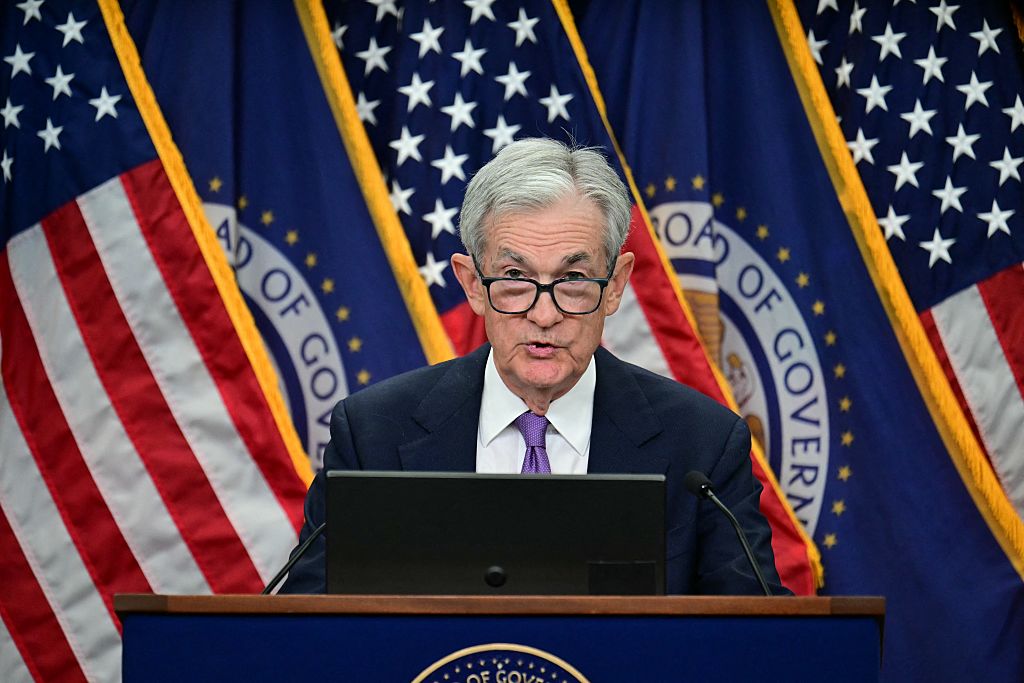 October Fed Meeting: Updates and Commentary
October Fed Meeting: Updates and CommentaryThe October Fed meeting is a key economic event, with Wall Street turned into what Fed Chair Powell & Co. did about interest rates.
-
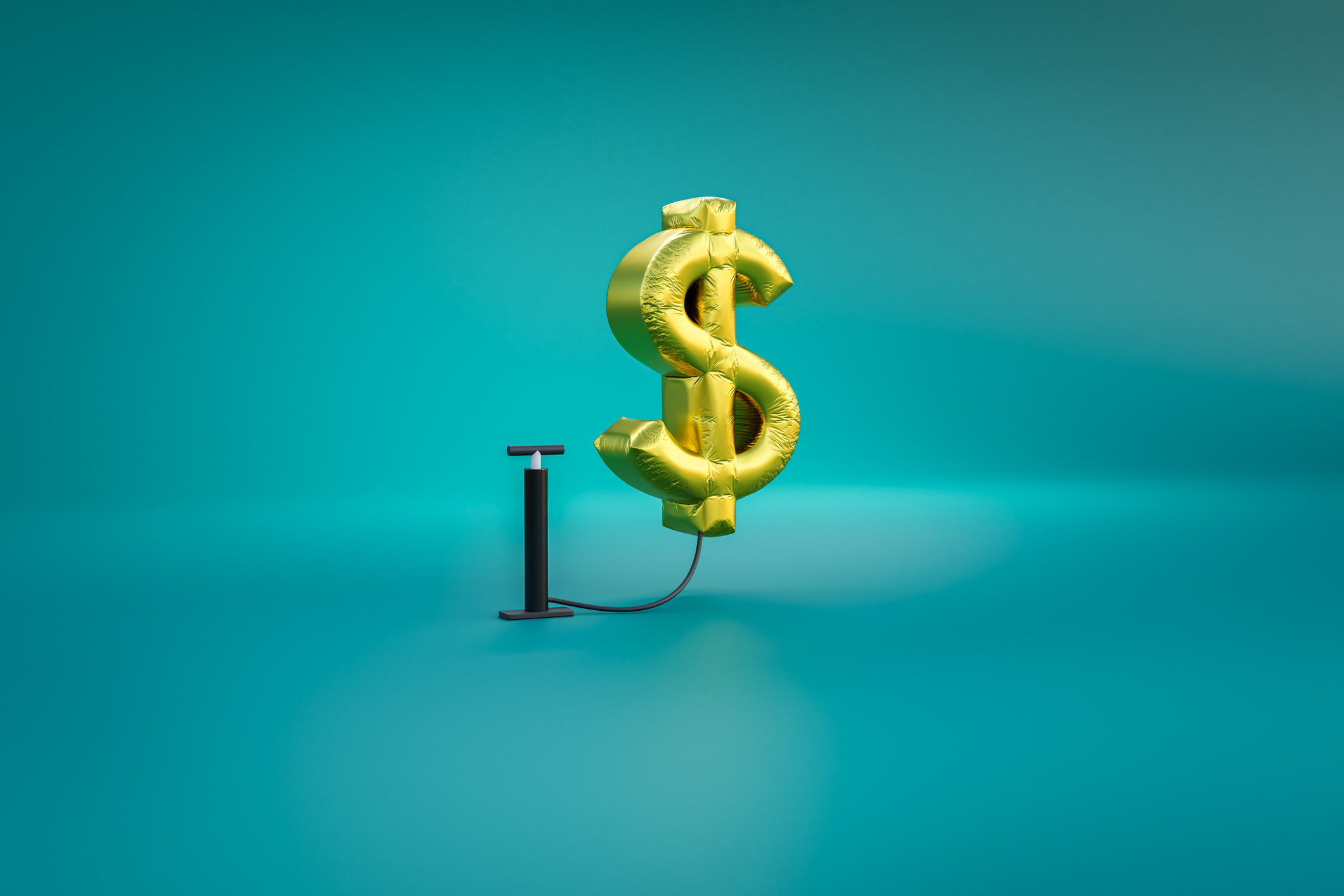 The Delayed September CPI Report is Out. Here's What it Signals for the Fed.
The Delayed September CPI Report is Out. Here's What it Signals for the Fed.The September CPI report showed that inflation remains tame – and all but confirms another rate cut from the Fed.
-
 Banks Are Sounding the Alarm About Stablecoins
Banks Are Sounding the Alarm About StablecoinsThe Kiplinger Letter The banking industry says stablecoins could have a negative impact on lending.
-
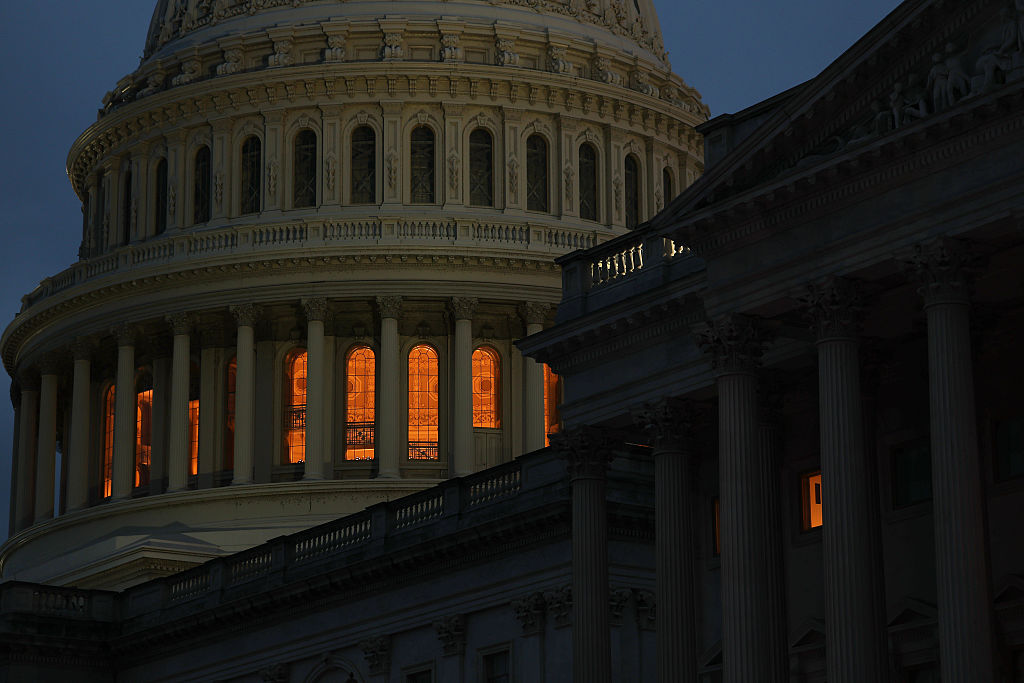 Government Shutdown to Delay Data, Including Key Jobs Report
Government Shutdown to Delay Data, Including Key Jobs ReportWhile government shutdowns typically don't impact stock returns, they can delay the release of key economic data – including the monthly jobs report.
-
 Stocks Fall Again as Big Tech Struggles: Stock Market Today
Stocks Fall Again as Big Tech Struggles: Stock Market TodayThe economic calendar was a bright spot for Wall Street Wednesday, with new home sales climbing to a three-year high.
-
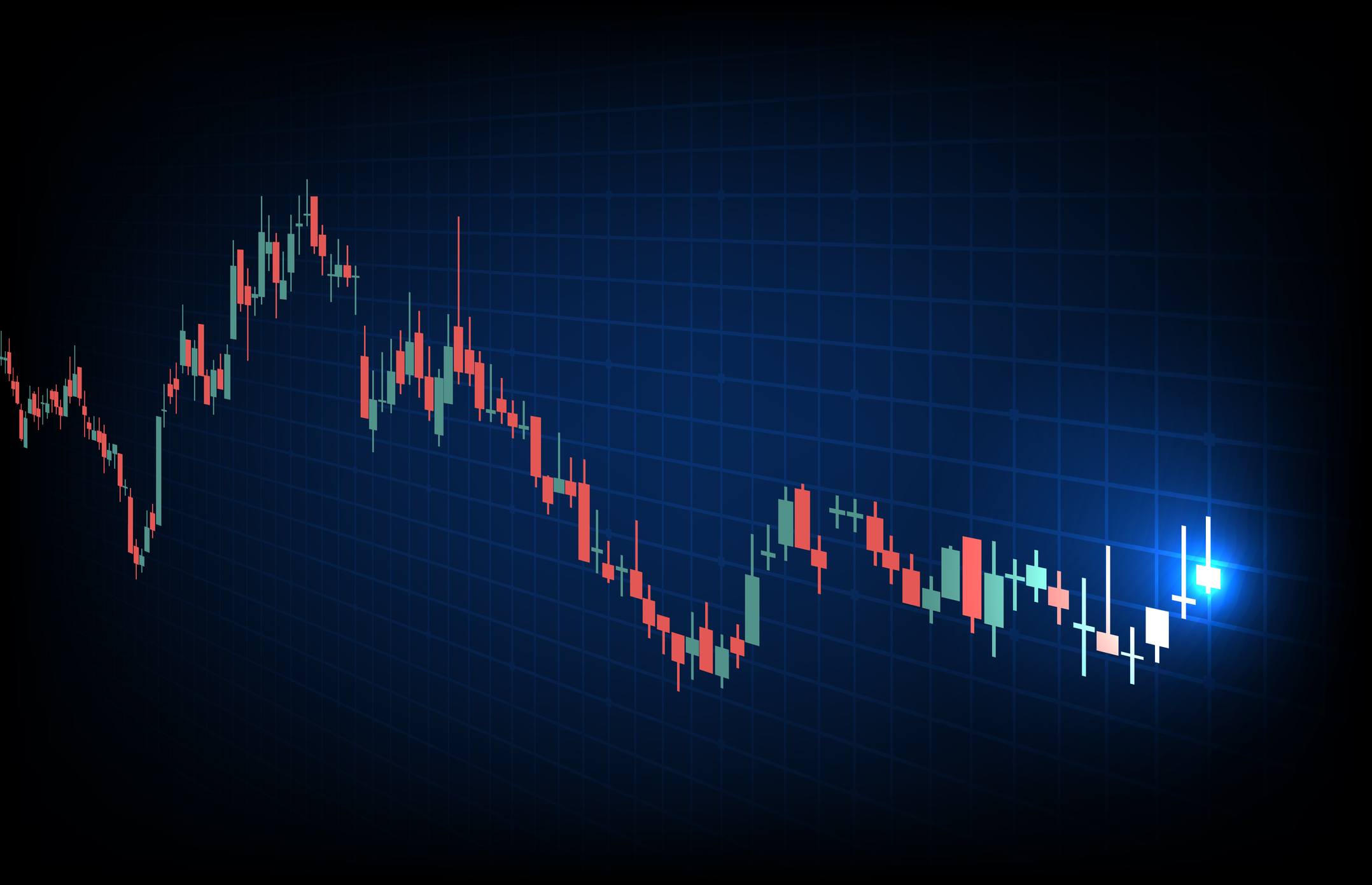 Stocks Drop on Mag 7 Weakness: Stock Market Today
Stocks Drop on Mag 7 Weakness: Stock Market TodayThe main indexes retreated from all-time-high territory as several of Wall Street's biggest stocks declined.